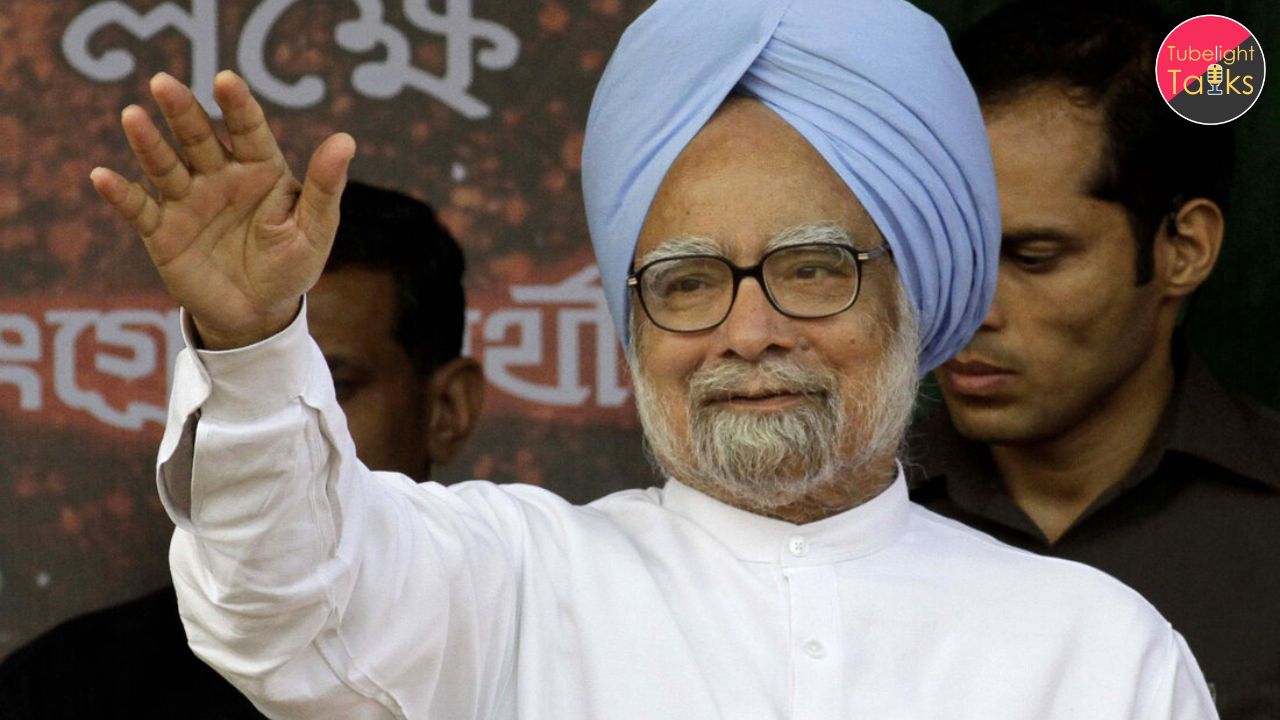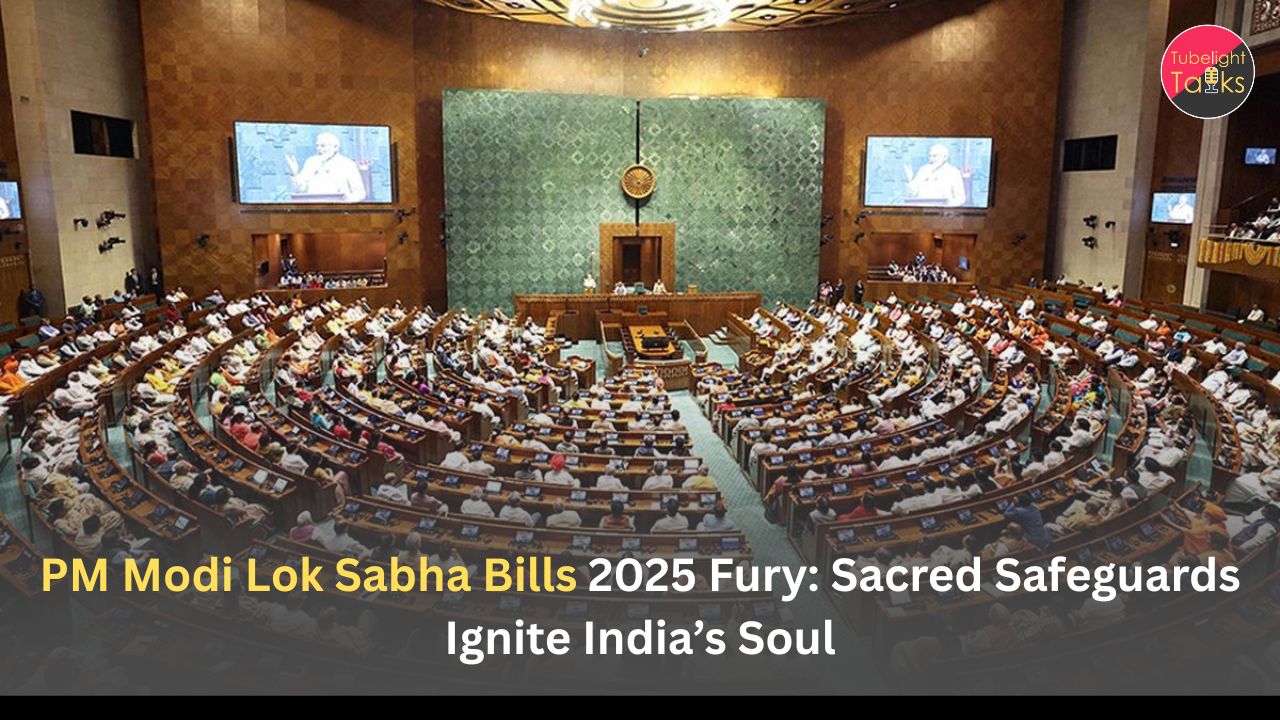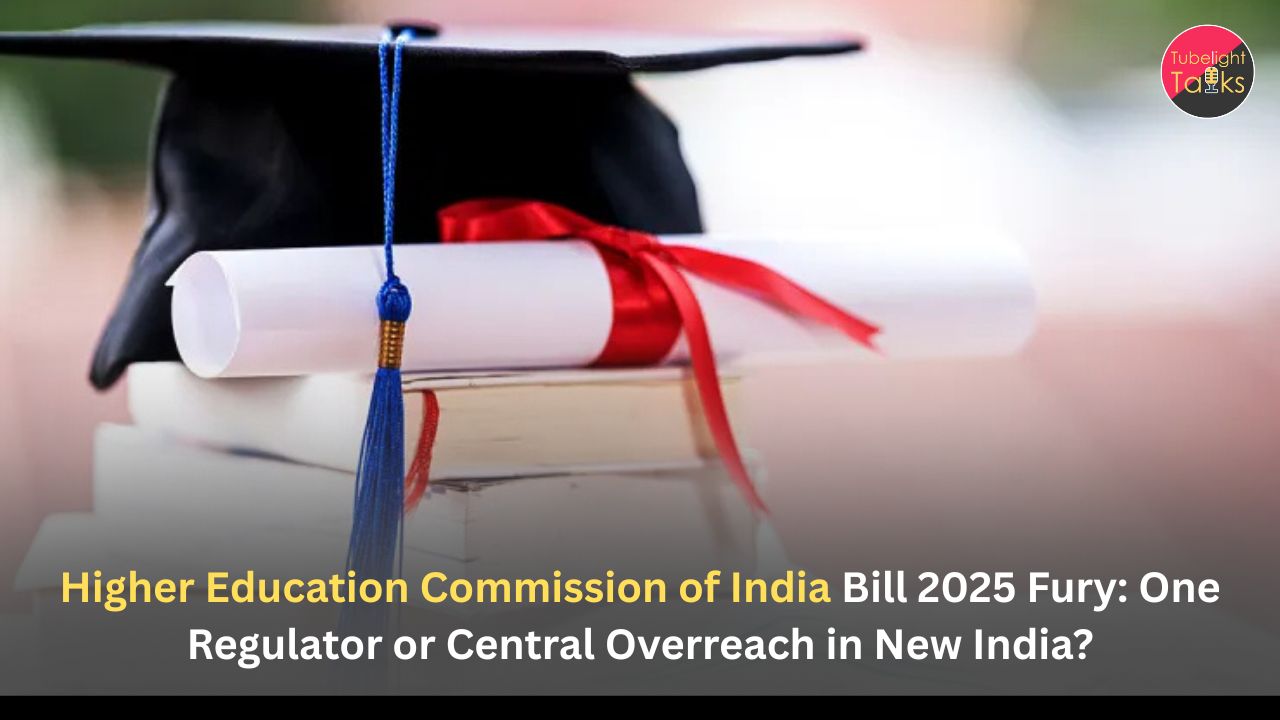Manmohan Singh’s Early Life and Education
Manmohan Singh was born on September 26, 1932, in Gah, a small village in the Punjab province of British India (now in Pakistan). His early life was marked by the partition of India in 1947, which forced his family to migrate to India. Despite these challenges, Singh excelled academically. He completed his undergraduate studies at Panjab University, Chandigarh, and later earned a First Class Honours degree in Economics from the University of Cambridge. Singh furthered his education with a DPhil in Economics from the University of Oxford, where he was a member of Nuffield College. His academic prowess laid a strong foundation for his future career in economics and politics.
A Distinguished Career in Economics and Politics
Manmohan Singh’s career began in academia, where he served as a professor at Panjab University and the Delhi School of Economics. His expertise in economics soon led him to various significant roles in the Indian government. He served as the Chief Economic Advisor in the Ministry of Finance, the Governor of the Reserve Bank of India, and the Deputy Chairman of the Planning Commission.
Singh’s most notable contribution came in 1991 when he was appointed as the Finance Minister of India. During this period, he implemented groundbreaking economic reforms that liberalized the Indian economy, leading to substantial growth and modernization.
Prime Ministerial Tenure: Key Achievements and Reforms
Manmohan Singh became the Prime Minister of India in 2004, leading the United Progressive Alliance (UPA) government. His tenure was marked by several key achievements and reforms. Singh’s government introduced the National Rural Employment Guarantee Act (NREGA), which aimed to provide employment to rural households.
He also played a crucial role in the Indo-US Nuclear Deal, which helped India gain access to nuclear technology and fuel. Singh’s administration focused on inclusive growth, with significant investments in education, healthcare, and infrastructure. Despite facing challenges such as the global financial crisis of 2008, Singh’s leadership helped steer India towards sustained economic growth.
Legacy and Impact on India’s Economic Landscape
Manmohan Singh’s legacy is deeply intertwined with India’s economic transformation. His tenure as Finance Minister in the early 1990s is often credited with opening up the Indian economy to global markets, reducing trade barriers, and encouraging foreign investment. These reforms not only revitalized the Indian economy but also set the stage for its emergence as a global economic power.
As Prime Minister, Singh continued to advocate for economic policies that promoted growth and development. His emphasis on social welfare programs and infrastructure development has had a lasting impact on India’s economic landscape, contributing to poverty reduction and improved living standards for millions of Indians.
Nation’s Tributes and Condolences
The news of Manmohan Singh’s passing has elicited an outpouring of tributes and condolences from across the nation and the world. Political leaders, economists, and citizens alike have expressed their admiration for his contributions to India’s development. Prime Minister Narendra Modi described Singh as a “visionary leader” whose economic reforms transformed India. Former Congress President Sonia Gandhi highlighted his integrity and dedication to public service. International leaders, including former US President Barack Obama, also paid their respects, acknowledging Singh’s role in strengthening global economic ties. The nation mourns the loss of a statesman whose legacy will continue to inspire future generations.










